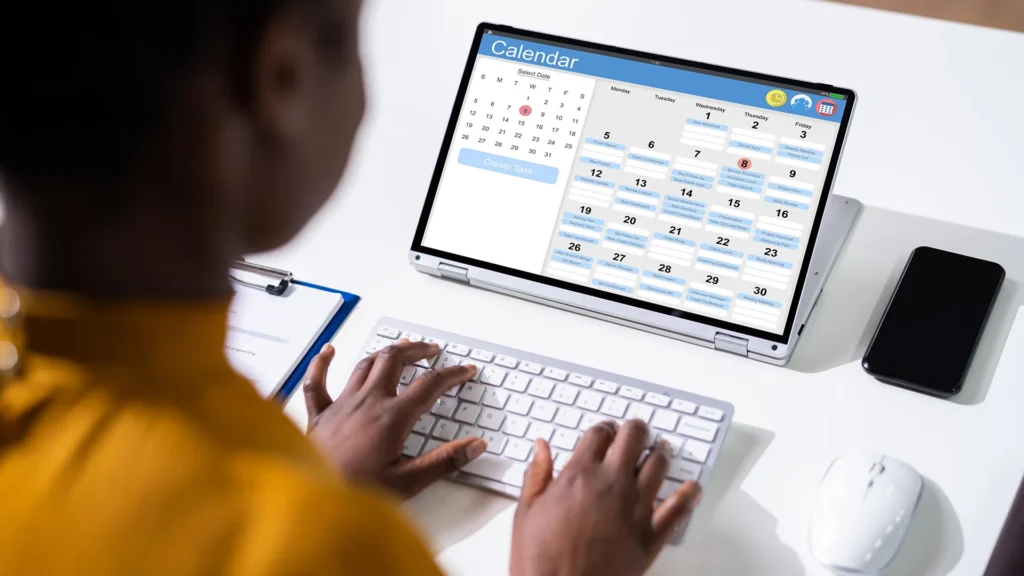|
Getting your Trinity Audio player ready...
|
Building a secure partner workspace doesn’t have to be a slow process. You need systems that balance speed with strong safeguards, allowing for unhindered collaboration without compromising sensitive information.
With that in mind, here’s an overview of how to quickly set up a safe space for agencies, affiliates, or partners to work together effectively.
Setting Up Permissions
Granular permissions are the backbone of any secure workspace. By limiting access based on roles, you ensure that only authorized individuals view sensitive information. This approach minimizes risks and prevents data leaks.
Start by defining user groups, such as agencies, affiliates, and internal teams, then assign each a specific access level. Use tools that allow you to restrict document visibility or edit capabilities easily.
You can take inspiration from existing solutions which handle this well. For instance, Axi offers one of the best forex affiliate program platforms, enabling affiliates to access statistics relating to each client they refer, without this info being visible to anyone inappropriate.
Also, implement audit trails for tracking who accesses what and when. Combine these measures with automatic revocation systems if roles change or partnerships end. Maintaining clear boundaries from the outset lets your collaboration hub become both secure and efficient for everyone involved.
Leveraging NDA Templates for Legal Clarity
Non-disclosure agreements protect sensitive data while setting clear expectations with partners. Using customizable NDA templates ensures consistency and reduces the time spent drafting new agreements for every collaboration.
Include clauses tailored to your specific industry, covering confidentiality terms, data usage, and breach consequences. Integrate these templates into onboarding workflows so partners sign before gaining access.
Digital signing platforms make this process seamless. Store signed NDAs within your workspace for quick reference during audits or disputes. This proactive step establishes trust while safeguarding proprietary information, letting everyone focus on productive work without legal uncertainties lingering in the background.
Creating Intake Forms to Standardize Partner Onboarding
Standardized intake forms streamline the onboarding process, ensuring you collect essential details from every partner upfront. These forms can cover company information, contact points, compliance checks, and payment preferences.
Digital platforms simplify this setup with customizable templates. Add conditional fields for unique needs, like extra steps for affiliates handling financial data.
Once submitted, automate approvals and document uploads to reduce manual oversight. A well-structured intake form minimizes delays caused by missing or inconsistent information.
Managing Campaign Calendars for Seamless Coordination
A shared campaign calendar ensures every partner stays aligned on key dates, deliverables, and milestones. Use a dedicated collaboration tool to centralize schedules and access other benefits as well.
Include deadlines for approvals, content submissions, and launch events. Add color-coded tags for easy differentiation between projects or teams.
Allow view-only access to certain stakeholders while permitting editing rights only to managers overseeing the campaigns. Sync notifications with email or messaging platforms so no one misses updates.
Building KPI Dashboards That Everyone Understands
KPI dashboards help partners track performance at a glance. Use platforms like Tableau, Power BI, or Google Data Studio to visualize metrics in real-time.
Focus on relevant data, such as click-through rates, conversions, and ROI, tailored to each partner’s role. Keep layouts simple with clear charts and graphs for easy comprehension.
Provide separate dashboards for sensitive metrics if needed, maintaining security while ensuring transparency where appropriate. Update these automatically using integrations with your existing tools to eliminate manual reporting.
Aligning Legal and Finance with Payout Documentation
Payout processes can create bottlenecks without proper documentation. Centralize contracts, invoices, and payment schedules in one secure location to keep legal and finance aligned.
Automate payout calculations by linking performance data directly to payment systems. For example, integrate tools like Google Pay for seamless processing.
Create approval workflows where legal teams verify compliance before finance initiates payments. Store receipts digitally for audits or partner queries.
Final Thoughts
Building a secure partner workspace doesn’t have to be overwhelming. Using the right tools and strategies means you can set up systems that are both efficient and protective of sensitive information.
Prioritize transparent processes for permissions, onboarding, collaboration, and reporting. With these steps in place, your partnerships thrive without unnecessary risks.



